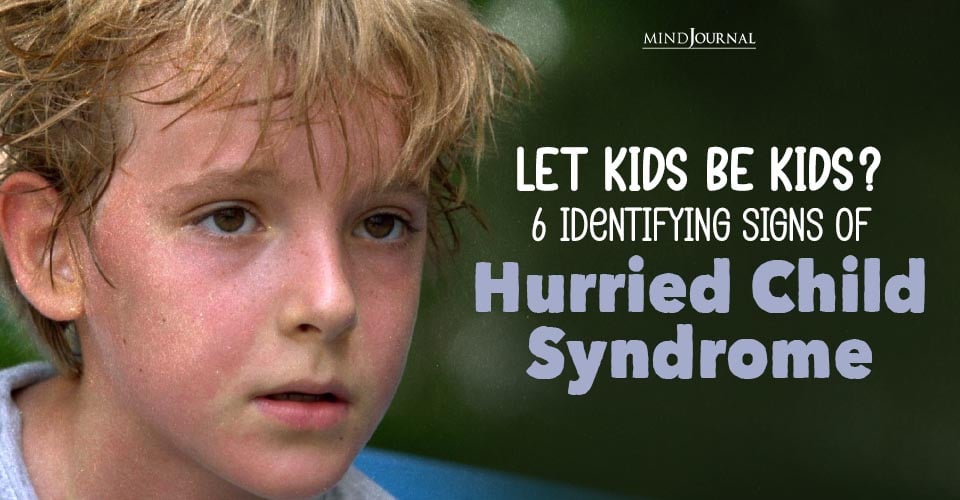Ever had those strange, unsettling thoughts that just pop into your head? Let’s dive into what experts say about intrusive thoughts and how to deal with them.
What Are Intrusive Thoughts?
Intrusive thoughts, described by experts, are repetitive and unwanted thoughts that can emerge unexpectedly. They often involve content that is violent, sexually inappropriate, disturbing, or contrary to an individual’s values, leading to feelings of anxiety and distress.
These thoughts can affect anyone but may be more severe in individuals with mental health disorders like OCD, PTSD, eating disorders, anxiety, or depression. The exact cause of intrusive thoughts remains uncertain, but they tend to be more prominent during stressful periods when a person seeks control or certainty in their environment.
Intrusive thoughts can be about various subjects, including violent ones like causing harm to loved ones or oneself. Other examples include concerns about inappropriate attraction, incestuous thoughts, or fear of unknowingly discriminating against others.
These thoughts can lead to intense negative emotions such as shame, guilt, and anxiety. To cope, some individuals may resort to compulsions, which temporarily alleviate distress but can create a cycle, especially in OCD cases.
To address intrusive thoughts, the primary treatment is exposure and response prevention therapy, a form of cognitive behavioral therapy. This therapy helps individuals confront their fears gradually and develop a healthier response to their thoughts.
Medication may also be considered in combination with therapy. Lifestyle improvements such as regular exercise, sufficient sleep, and a balanced diet can further benefit some individuals. However, it’s essential to emphasize that these habits should complement, not replace, professional help.
Attempting to resist or analyze intrusive thoughts is generally not helpful and can exacerbate obsession. It’s crucial to remember that these thoughts do not define a person’s character, and they are not an indicator of dangerous behavior.









Leave a Reply